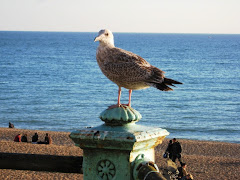Sometimes the idea for a blog just pops out of nowhere, and other days nothing comes at all. But to-day’s came through the post, in the form of my National Trust Magazine.
This venerable institution was founded in 1895, by three Victorian philanthropists: Miss Octavia Hill, Sir Robert Hunter and Canon Hardwicke Rawnsley. Concerned about the rapid and continued industrialisation then taking place and advent of urban sprawl, their aim was to find a way to enable the protection of threatened coastline, countryside and buildings.
It’s become such an institution that it’s often forgotten that it is still a charitable organisation, which receives no support from the Government. Just as well, then, that it has over 3.5 million members and over 50,000 volunteers. It’s also so well known for preserving Stately Homes that it is also easy to forget that it owns vast tracts of countryside and coast, from whole hillsides to spots with good views, and manages them to maximise biodiversity and wildlife.
And, despite the sometimes stuffy image (and I agree, many of the houses seem to reflect a twin-set and pearls image) it is at the forefront of modern conservation methods and increasingly considering things like its environmental impact and carbon footprint, and promoting locally grown produce from its farms. It’s also beginning to become more outward looking, in seeking to influence debates on things like urban form and conservation more widely in society.
How many places there are to visit close to you depends a lot on where you live: southern
We do pretty well here in West London: Carlyle’s House in
Further out still is Ham House and Garden in



No comments:
Post a Comment